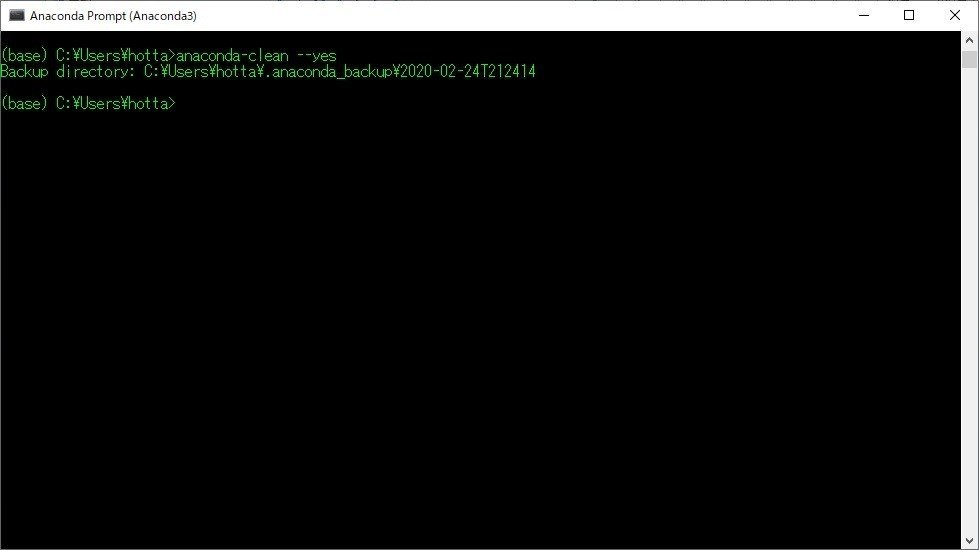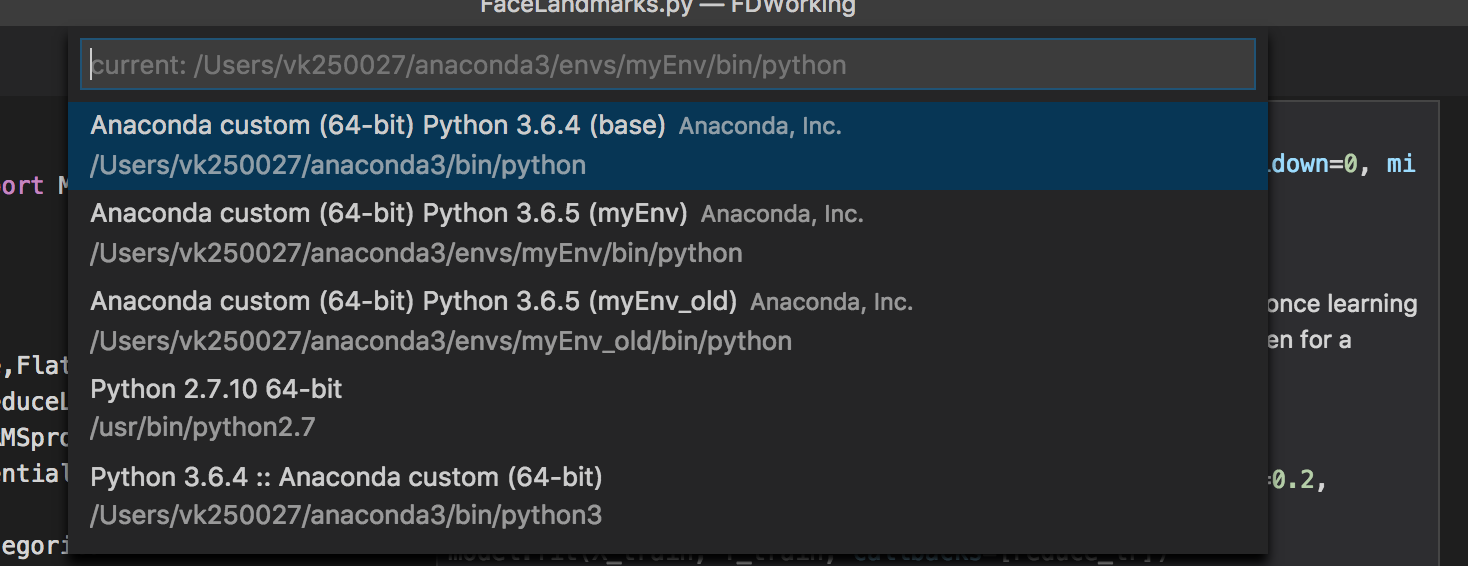

What are Pandas, Scikit Learn, and Tensorflow? In short, P圜harm is for general use whereas Anaconda programs are specifically for science. “It is an exciting time for developers who want to do data science in an IDE they know and love.” Here is the comment of Scott Collison, the CEO of Anaconda, about this integration: It was not under Anaconda originally but they have integrated. P圜harm is a very popular IDE among developers because it has strong debug and refactoring options. You can use it for not only data science but multiple purposes such as web development and desktop app development. Below is a screenshot from my Anaconda Navigator. You can manage the programs and all other features of Anaconda. You can open Jupyter Notebooks on multiple web tabs but if you are used to using IDEs, it might seem more user-friendly to use JupyterLab. It lets you collect multiple Jupyter Notebooks under one tab. It is very interactive and lets you run partial codes. You can also call it a web application under Anaconda.
Miniconda vs anaconda code#
It is a web-based program under Anaconda distribution and it let you code Python. So if you want to continue on data science, learn more about Anaconda but if you want to build an app (that doesn’t include data science) with Python, don’t think about Anaconda much. These programs in Anaconda are specialized in data science (e.g. Jupyter Notebook and Spyder are two of these programs. It may contain more than one program in it.Ĭheck this link for a longer answer for what Python Distribution is.Īnaconda contains multiple programs that let you use Python. A Python distribution is a program that allows you to use Python.

I'm sure u/pwang99 would also be a good reference for these sorts of questions (given that he wrote that news release).It is a Python (and also R) distribution. But you're right that just emailing Anaconda would clear up any confusion on my end.

This may be a relatively strict interpretation of the TOS, but I'd rather choose the safer option. My understanding of this is that if you're just one guy or gal using Anaconda for commercial purposes within a for-profit company that has 200 or more people, that would still constitute commercial use, even if everyone else in the organization has never heard of Python. Use by entities in common control with each other with fewer than 200 employees in aggregate." Use by a 501(c)(3) non-profit research institution in connection with non-commercial activities, such as research to address societal needs and global challenges, public policy development, or the advancement of science for the general good, where such work will not result in revenue to the institution, or Use by an employee or volunteer on behalf of a non-profit institution in connection with the provision of charitable services, Use by a student or employee of an educational institution in connection with educational activities, Use solely by an individual using for personal, non-business purposes, "To avoid confusion, “commercial activities” are any use of the Repository which is NOT: Here's an excerpt from the TOS as it stands today: Yeah, I found that news release to be interesting as well, but it doesn't appear to match the current TOS.


 0 kommentar(er)
0 kommentar(er)
